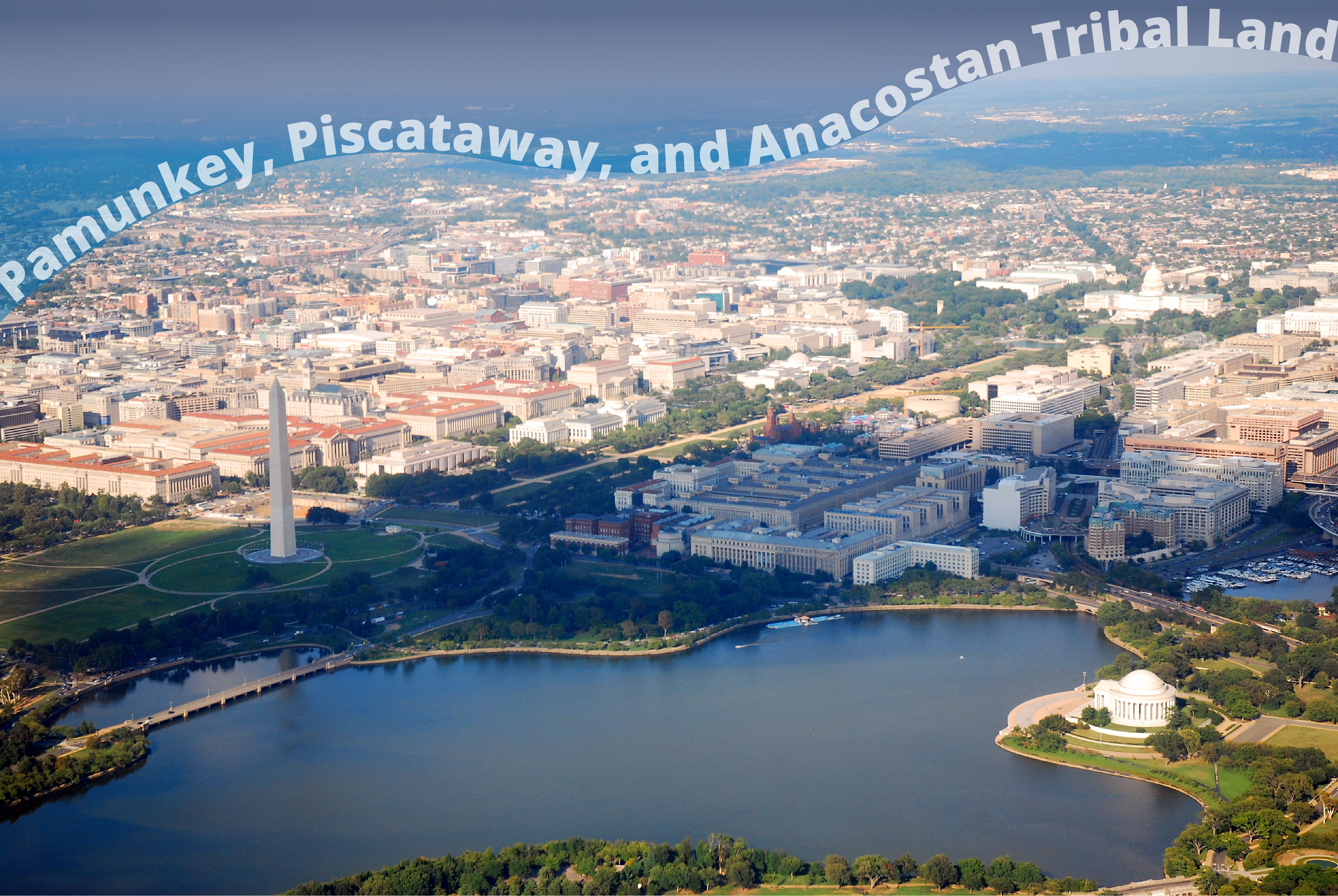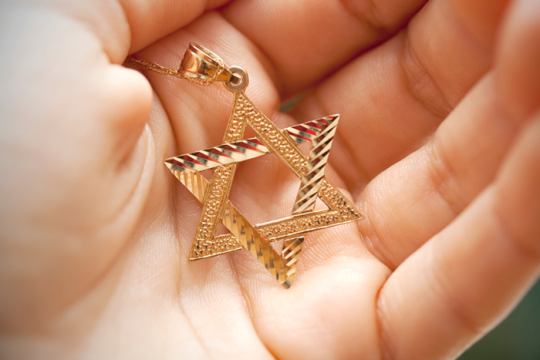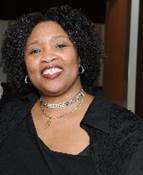
I'm Yolanda Savage-Narva, I use she/her/hers pronouns, and I live on Pamunkey, Piscataway, and Anacostan tribal land, also known as Washington, D.C. If you have ever been in a meeting with me or listened to a presentation I've given, you have probably heard me introduce myself as I did here.
Words are not actions, but they do matter! Introducing yourself with a self-identifying pronoun goes beyond the self; it can help establish a sense of community and belonging for people who might not identify in the she/he binary. Acknowledging the tribal land you live on honors the communities who once lived there and whose land was brutally stolen from them.
According to members of the Native American and Indigenous Peoples Steering Group at Northwestern:
A Land Acknowledgment is a formal statement that recognizes and respects Indigenous Peoples as traditional stewards of this land and the enduring relationship that exists between Indigenous Peoples and their traditional territories.
[It is a way to recognize that] the land is an expression of gratitude and appreciation to those whose territory you reside on, and a way of honoring the Indigenous people who have been living and working on the land from time immemorial. It is important to understand the long-standing history that has brought you to reside on the land, and to seek to understand your place within that history.
Land acknowledgments do not exist in a past tense, or historical context: colonialism is a current ongoing process, and we need to build our mindfulness of our present participation. It is also worth noting that acknowledging the land is Indigenous protocol.
When we talk about our place in this history, we can begin by accepting and acknowledging the truth that Christopher Columbus did not discover America. According to Scientific American, the first people to settle on this continent arrived from Asia some 13,000-15,000 years ago. By the time Columbus arrived, their descendants numbered 7-10 million and belonged to some 600 tribal communities. Indigenous populations were forced from their lands and segregated on reservations. By the end of the 19th century, the Native American population had decreased to about 235,000.
The survivors of these Indigenous communities have held steadfastly to their connection with the land of their ancestors. Whether living on their native lands or in the diaspora, Indigenous Peoples regard their lands as a spiritual lifeline that must be preserved. They are Shomrei Adamah which, in Hebrew, translates to "Guardians of the Land."
I say this because, in Jewish tradition, land is similarly held to be sacred and holy. In ancient times, the festival of Tu BiShvat (also known as the "birthday of the trees") marked the time of planting for farmers, who had to follow certain rules to sustain the land. For example, sapling fruit trees could be harvested only after the fifth year of bearing fruit. This law still applies in modern Israel, where the planting of trees and reforestation is a national priority.
In this season of giving thanks, let us all think about the land we're on. Are there tribal communities near you? Start with a land acknowledgement, but please don't stop there. Learn more about the history and culture of Indigenous tribal communities around you. You can use this app to find out what tribal community may have once inhabited the land you're currently sitting on.
Related Posts

Creating A Workplace of Belonging

How We Can - and Must - Honor Neurodivergent Jews

